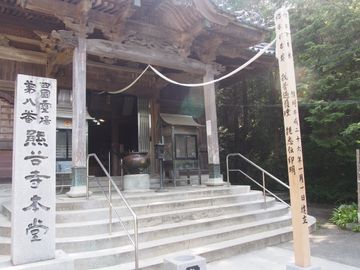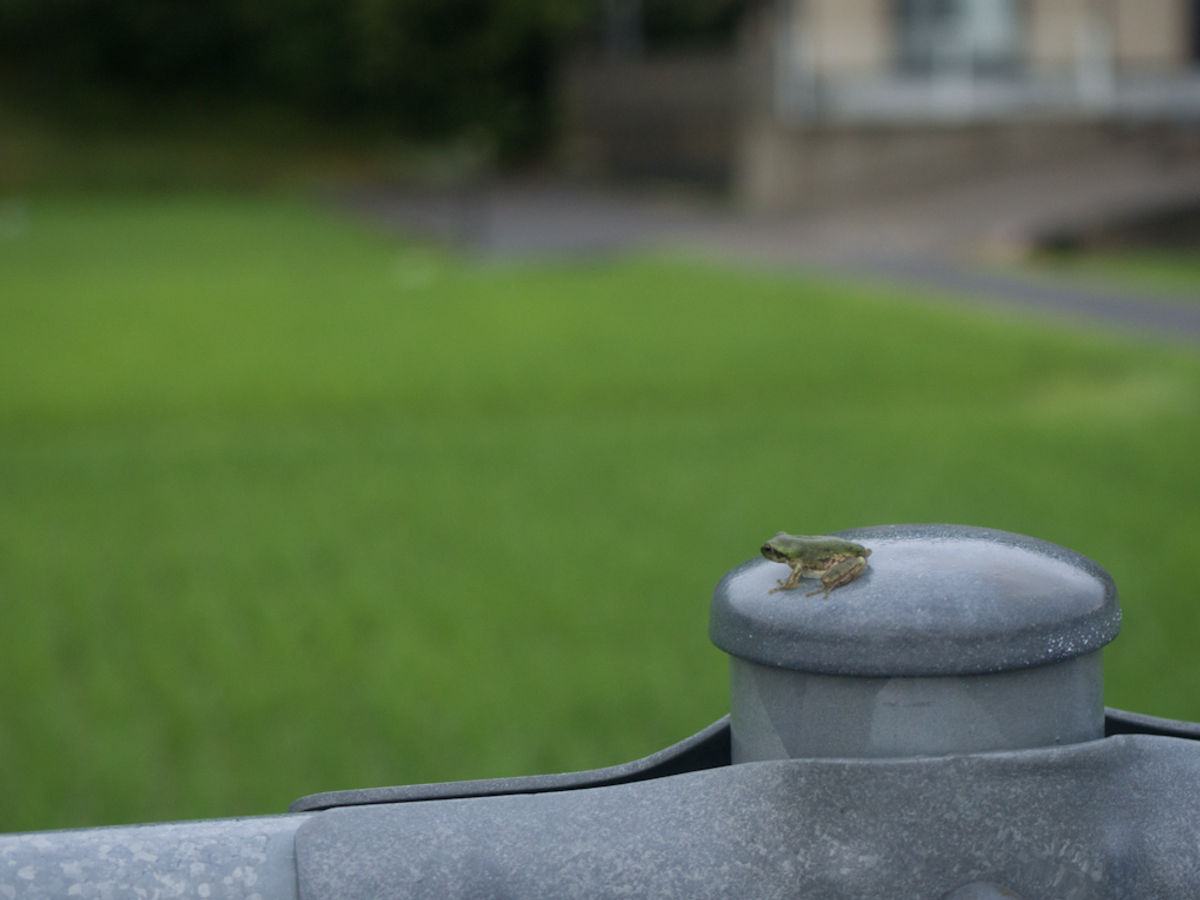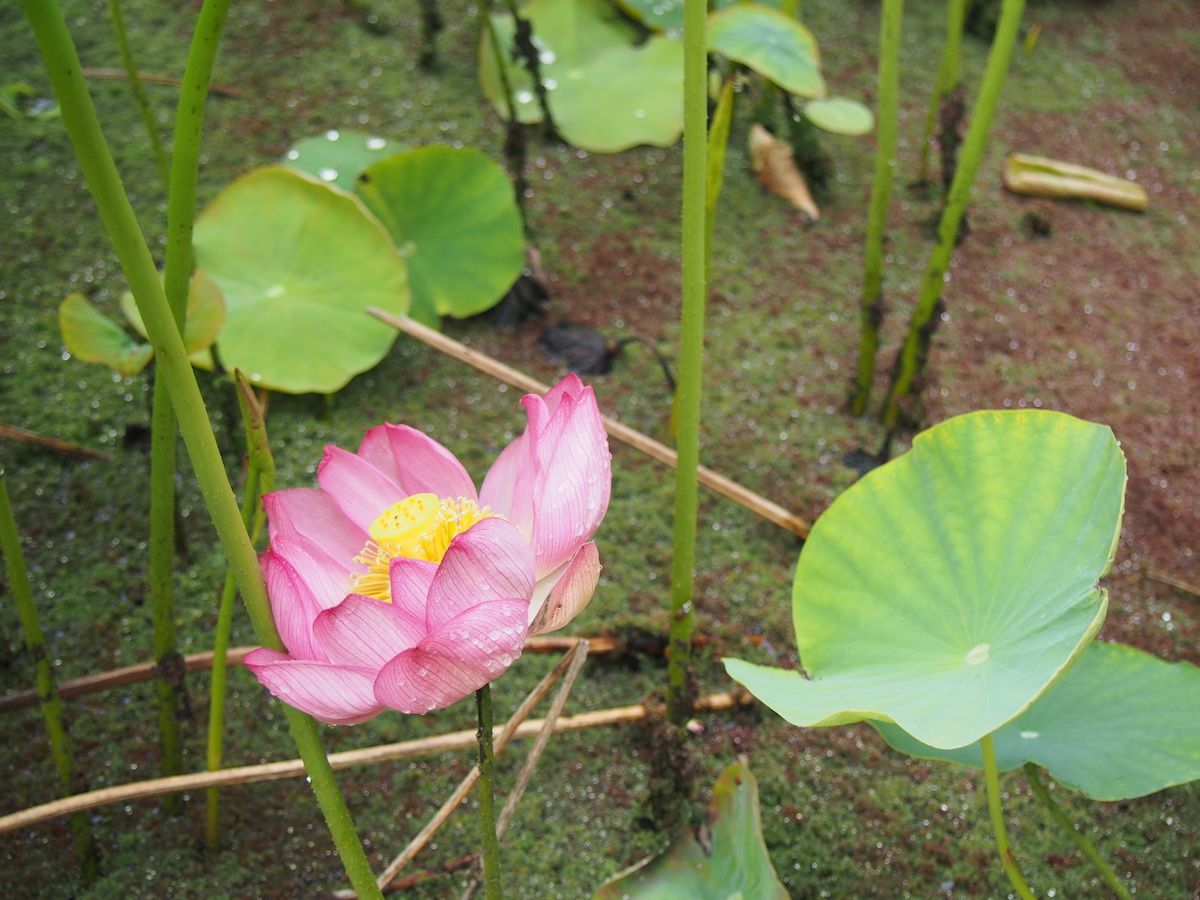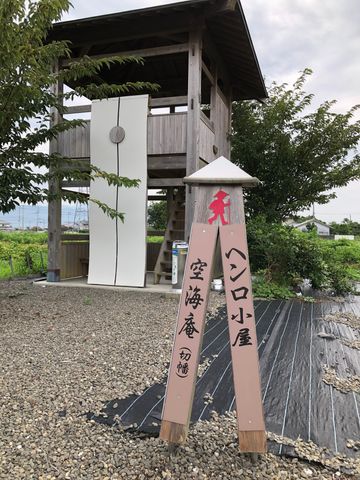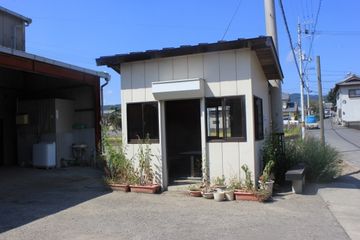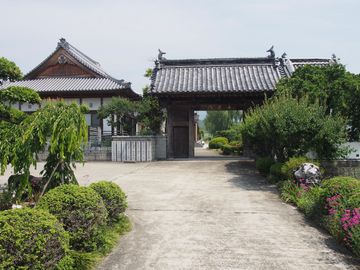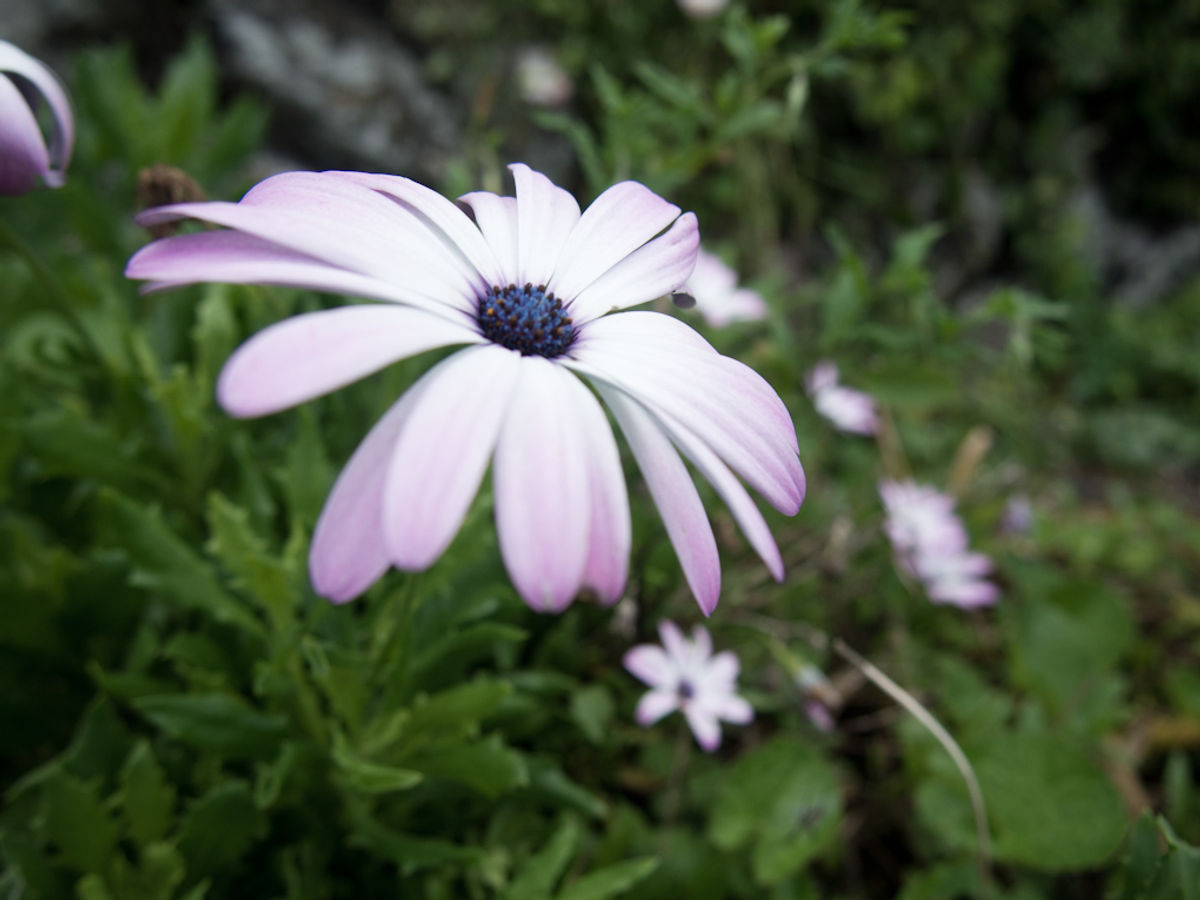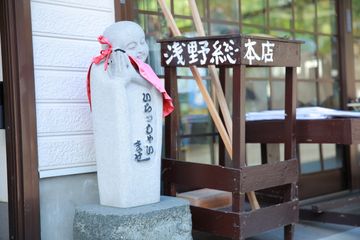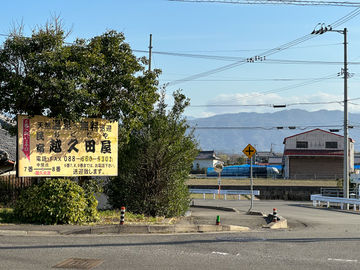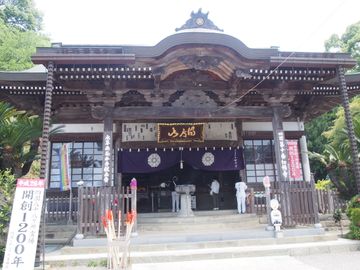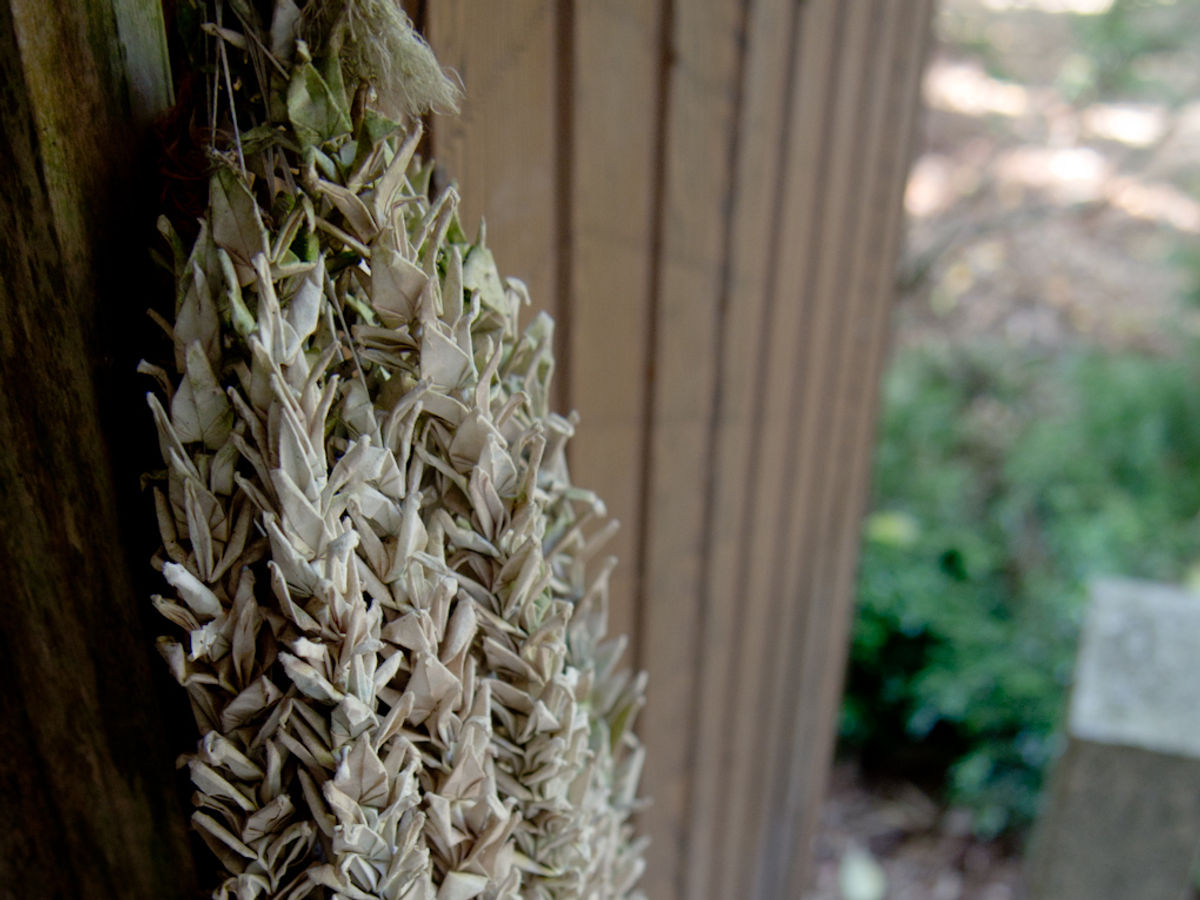
Horinji, nestled within the serene embrace of nature, stands as a testament to spiritual legacy and miraculous tales dating back to the year 815. It was during this time that Kobo Daishi (Kukai), the revered founder of the Shingon school of Buddhism, encountered a white snake on this very site. Interpreting the white snake as a divine messenger, he was inspired to carve a statue of the reclining Buddha, Shaka Nyorai, entering Nirvana, making it the temple’s principal deity. This unique reclining Buddha statue is one of its kind among the 88 temples of the Shikoku Pilgrimage.
The main hall of Horinji houses this significant statue, positioned with its head to the north and facing west, embodying the moment of Buddha’s entry into Nirvana and serving as the origin for the term “north pillow.” This depiction is not just an artistic representation but a profound expression of the Buddha’s final teachings. The legend of a person who could not walk without crutches being miraculously cured after visiting Horinji underscores its reputation as a temple for prayers for healthy legs and feet, a tradition reflected in the numerous straw sandals offered by worshippers, symbolizing their prayers for strength and healing.
Horinji’s rich history is rooted in its original moniker, “Shirahesan Horinji,” located approximately 4 kilometers north in the mountainous region of Hojikei, where it once boasted a grand temple complex. The remnants of its foundation stones and burnt clay bear witness to its destruction by the forces of Chosokabe Motochika in 1582. Following this devastation, Horinji was relocated to its current position during the Shoho era (1644-1648), where it was reborn under the enlightened vision of the residing priest, leading to its renaming as “Shogakuzan Horinji.” Despite suffering another fire in 1859 during a rehearsal for a Joruri play by villagers, which left only the bell tower standing, the temple was rebuilt in the Meiji era to stand as it does today, with treasures including a robe bestowed by Emperor Meiji in 1882, reflecting the temple’s revered status and the continuity of its spiritual heritage.
The temple also serves as a focal point for those seeking blessings for mobility, with charms in the shape of straw sandals available for pilgrims, underscoring Horinji’s unique role in the Shikoku Pilgrimage as the sole guardian of the reclining Buddha statue. Across from the temple gate, the shop “Awaji” offers visitors a taste of local delicacies, including grass mochi and udon noodles, enhancing the pilgrim’s experience with flavors that echo the temple’s tranquil surroundings.
Hours
OpenAmenities & Facilities
Key Distances & Elevations

